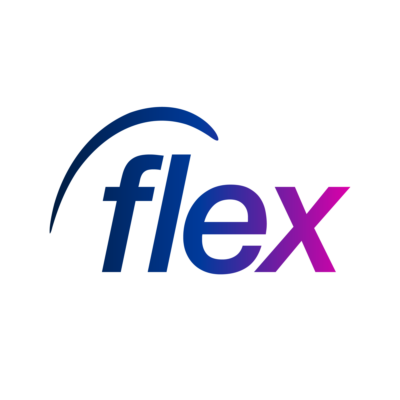
Procurement leaders are increasingly focusing on creating seamless, integrated ecosystems to manage contingent staffing efficiently. By using advanced technology like Vendor Management Systems (VMS), organisations can address challenges such as fragmented processes, rising costs, and general workforce-related issues. In turn, this will enable procurement teams to play a key role in helping their organisations to achieve their long-term goals through effective contingent talent management.
1. Build an end-to-end ecosystem
Managing contingent staffing across multiple agencies and platforms can be slow and inefficient. Creating an integrated ecosystem through a centralised platform simplifies processes, enhances visibility, and improves decision-making.
Data: Companies with unified workforce management systems report a 25% improvement in staffing efficiency and fulfilment rates (SIA, 2024).
Action: Bring in VMS technology to unite all staffing agencies on one platform. Centralise contracts, compliance, and reporting, allowing seamless communication and transparency across agencies. Ensure the system supports automation for processes like onboarding, shift allocation, and invoicing, reducing administrative burden and the chance for errors to occur.
2. Enhance workforce planning with AI
Artificial intelligence is transforming how organisations plan and manage their contingent talent management by providing real-time insights, improving talent matching, and automating routine tasks.
Data: 72% of procurement leaders prioritise AI to enhance workforce operations (Gartner, 2024).
Action: Use AI-driven tools within your VMS to forecast demand, automate talent sourcing, and streamline scheduling. AI algorithms can improve fulfilment rates by matching agency talent pools with your organisation’s specific needs in real time, reducing hiring delays and ensuring quality workers are in place when needed.
3. Improve visibility across the workforce
Fragmented systems often lead to poor oversight of workforce performance and costs, limiting the ability to make strategic decisions. An integrated platform offers the transparency needed to make those decisions, based on high quality data.
Data: 80% of procurement teams cite workforce visibility as essential to improving operational efficiency (SIA, 2024).
Action: Use a VMS that consolidates all workforce data in one place. Track key metrics such as agency performance, worker quality ratings, and fulfilment rates. Provide real-time dashboards to key stakeholders across procurement, HR, and operations, giving them the tools to make proactive decisions about contingent staffing.
Subscribe to our newsletter
Stay ahead of employment updates and workforce management tips. Subscribe to our newsletter for expert insights straight to your inbox.
4. Drive cost savings through automation
In a competitive market such as the one we currently find ourselves in, organisations must balance cost savings with workforce performance. Automation within a VMS can streamline operations and reveal just where those savings could be made, enabling smarter spending decisions in contingent talent management.
Data: Organisations using advanced workforce platforms reduce labour costs by 18% while improving fulfilment rates (SIA, 2024).
Action: Automate repetitive processes like timesheet approvals, invoicing, and processing compliance documentation through your VMS. Regularly review cost data and agency performance to identify where changes could be made.
5. Align contingent staffing with ESG goals
Sustainability and ethical practices are now essential in contingent staffing, with organisations expected to demonstrate accountability and responsible practices across their supply chains.
Data: 82% of organisations report improved financial performance after embedding ESG principles (DP World, 2024).
Action: Use your VMS to assess and track agencies’ adherence to ESG metrics, including diversity, inclusion, and sustainable practices. Create clear ESG requirements for agency partners and ensure regular audits to maintain accountability. Use the platform’s reporting capabilities to showcase your organisation’s progress toward ESG goals.
Conclusion
Procurement leaders in 2025 must embrace new technology to create a streamlined, end-to-end ecosystem for managing contingent staffing. By centralising agency management, leaning into AI, and focusing on visibility, cost savings, and ESG alignment, organisations can overcome challenges and hit all key targets.
A truly integrated VMS is essential when it comes to achieving these goals, offering procurement teams the tools they need to manage complexity, improve efficiency, and deliver strong results, even in tough market conditions.
See how our very own VMS solution could help you to achieve those very results.
Book a demo
Discover a staffing solution tailored to suit your business requirements








